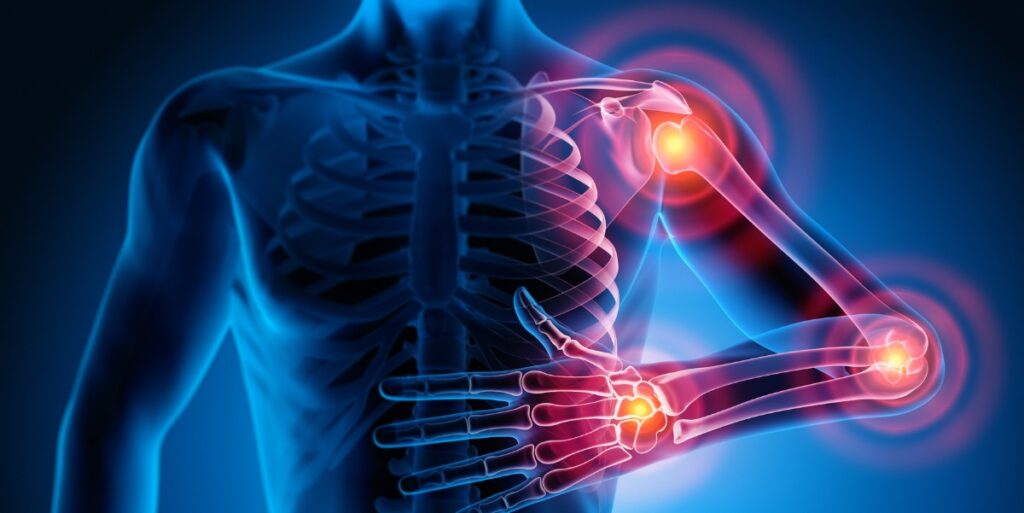One of the biggest challenges I face when informing my patients they have rheumatoid arthritis (RA) is that many people simply don’t know what it is!
The typical response is, “But I’m too young for that; isn’t it something older people get?” This is a common misconception. While many older adults do develop RA, it’s not a disease that only occurs with age. In fact, as people get older, they are more likely to develop osteoarthritis (OA), not RA.
Let’s break down the basic differences between these two common forms of arthritis.
Rheumatoid Arthritis (RA)
Rheumatoid arthritis is an autoimmune disease where the immune system mistakenly attacks the body, primarily the joints but sometimes other organs like the skin, eyes, lungs, and blood vessels. This condition can affect individuals of any age, including young adults and even children.
Patients with RA typically experience pain in the small joints of the hands and feet, along with early morning stiffness that lasts at least 30 minutes. This stiffness often eases with movement or activity and worsens with rest. Additionally, patients may experience constitutional symptoms such as fever, weight loss, fatigue, and reduced appetite.
Osteoarthritis (OA)
Osteoarthritis, on the other hand, is a degenerative joint disease that occurs when the protective cartilage cushioning the ends of bones wears down over time. This condition most commonly affects weight-bearing joints such as the knees, hips, and spine.
Patients with OA may also experience stiffness, but it usually lasts less than 10 minutes. Unlike RA, movement or activity typically increases pain in the joints. OA does not cause constitutional symptoms like fever or fatigue, nor does it involve other organs, making it a more localized condition compared to RA.
Key Differences at a Glance:
Cause: RA is an autoimmune disease; OA is a degenerative joint disease.
Age of Onset: RA can affect any age; OA is more common with aging.
Joints Affected: RA often affects small joints (hands/feet); OA typically affects weight-bearing joints (knees/hips).
Symptoms: RA includes morning stiffness lasting over 30 minutes and systemic symptoms like fatigue; OA involves stiffness lasting less than 10 minutes with pain increasing with activity and no systemic symptoms.
Extra-Articular Involvement: RA can affect organs beyond the joints; OA is usually confined to the joints.
Understanding these distinctions is crucial for recognizing and managing these conditions effectively.

